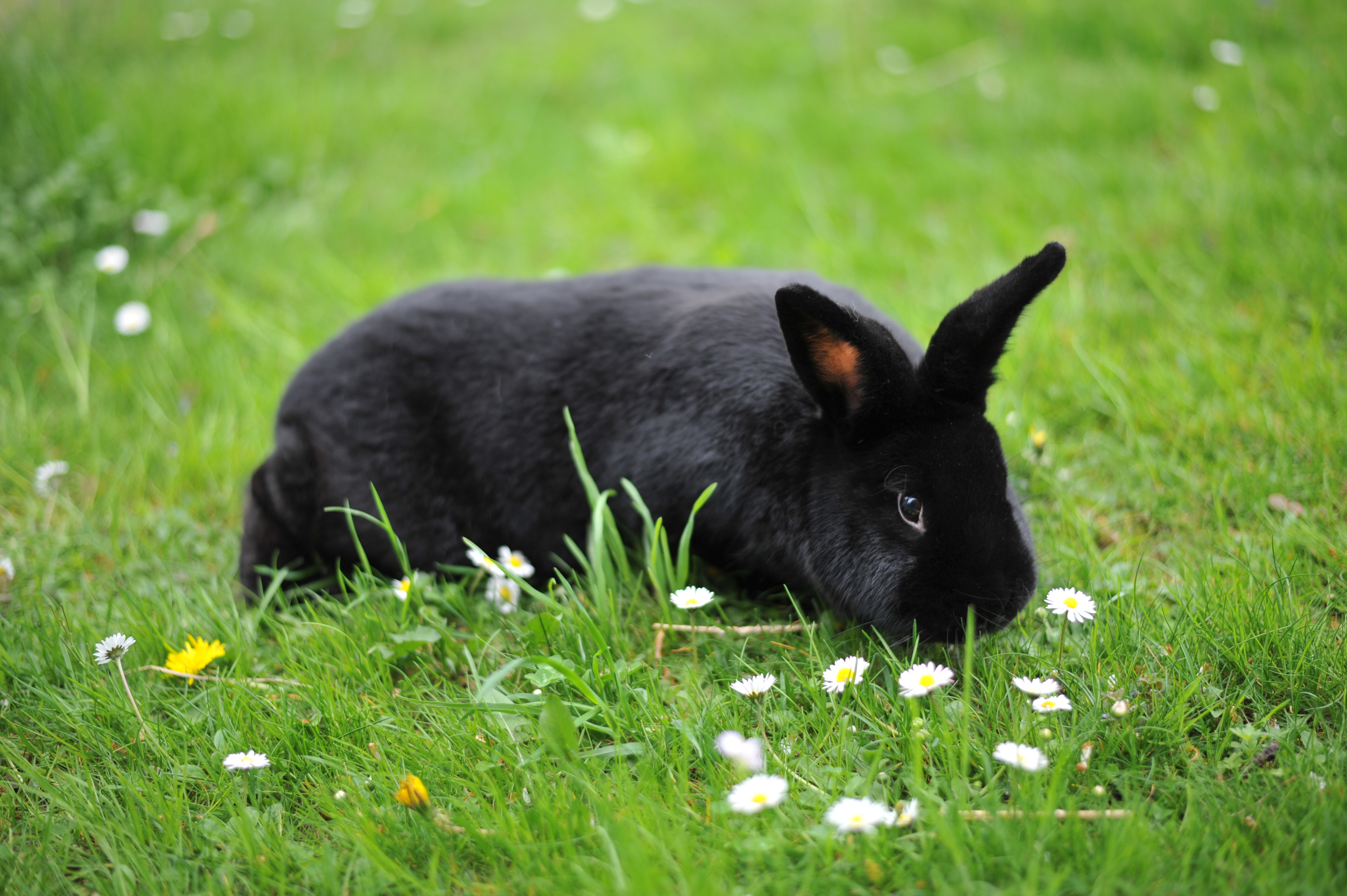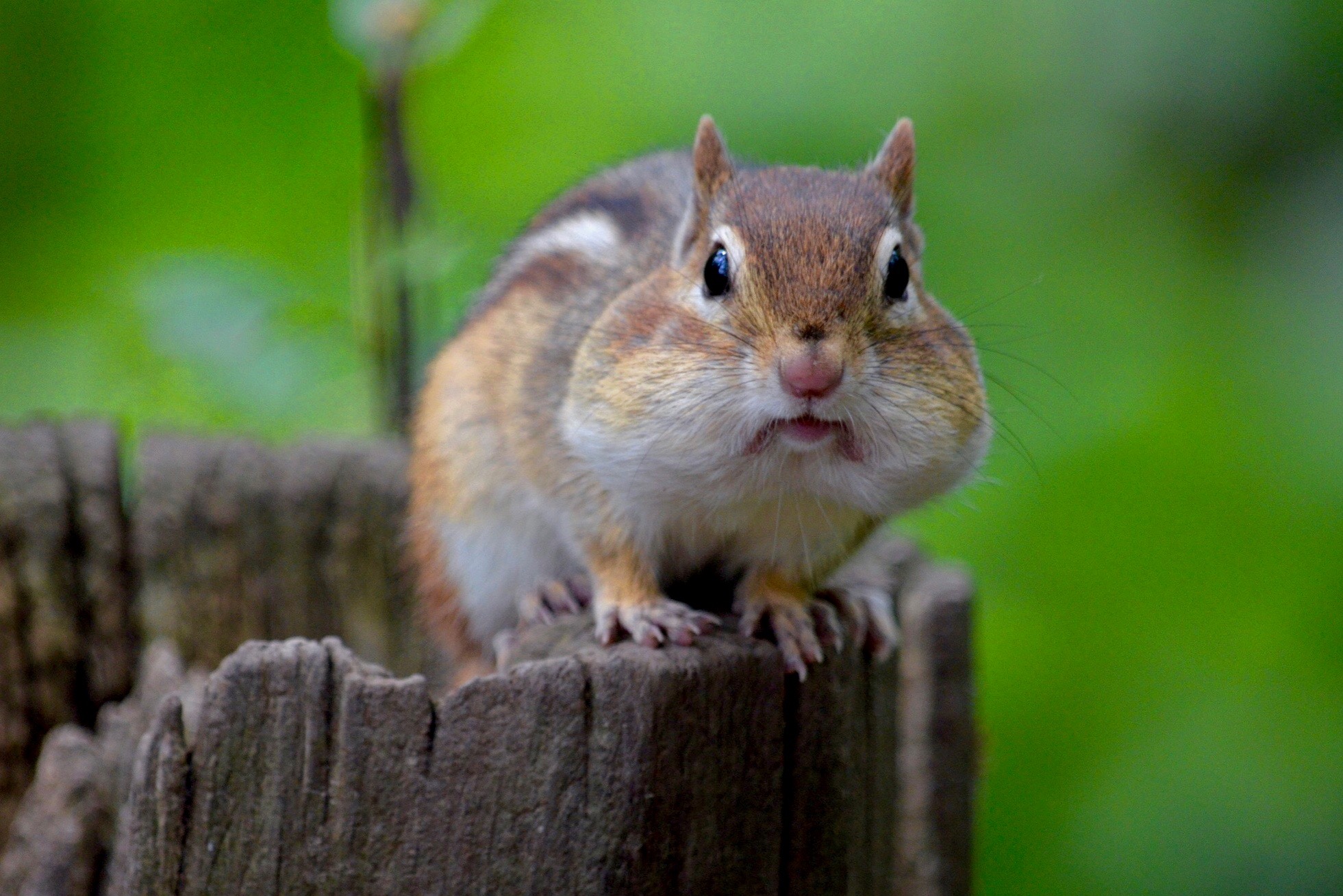|
Argenté Rabbit
The Argenté rabbit is one of the oldest breeds of French show rabbits. The British Rabbit Council (BRC) recognises six varieties: Argenté Bleu, Argenté Brun, Argenté Crème, Argenté de Champagne, Argenté Noir, and Argenté St Hubert. The American Rabbit Breeders Association (ARBA) recognises the Champagne d'Argent, the Crème d'Argent and the Argenté Brun. A rare variety, the Argenté Clair, is not currently recognised by either the BRC or ARBA. The names of the Argenté breeds (''Brun, Noir, etc.)'' refer not to the top-colour (which is always silver), but rather to the lower portions of the hair shaft. At birth, Argentés are of a solid color, with adult colouring beginning to show as early as six weeks and as late as four months of age. Argenté rabbits are small and neat with well-developed hind quarters and slightly arched backs. Strong traits of being cobby or racy are undesirable in Argentés. With broad heads and straight front legs, Argentés are short and fine in ... [...More Info...] [...Related Items...] OR: [Wikipedia] [Google] [Baidu] |
Tint
In color theory, a tint is a mixture of a color with white, which increases lightness, while a shade is a mixture with black, which increases darkness. A tone is produced either by mixing a color with gray, or by both tinting and shading. Mixing a color with any neutral color (black, gray, and white) reduces the chroma, or colorfulness, while the perceived hue can be affected slightly (see Abney effect and Bezold-Brücke shift). In the graphic arts, especially printmaking and drawing, "tone" has a different meaning, referring to areas of continuous color, produced by various means, as opposed to the linear marks made by an engraved or drawn line. In common language, the term ''shade'' can be generalized to encompass any varieties of a particular color, whether technically they are shades, tints, tones, or slightly different hues. Meanwhile, the term ''tint'' can be generalized to refer to any lighter or darker variation of a color (e.g. " tinted windows"). When ... [...More Info...] [...Related Items...] OR: [Wikipedia] [Google] [Baidu] |
Rabbit Breeds
As of 2017, there were at least 305 breeds of the domestic rabbit in 70 countries around the world raised for in the Agriculture, agricultural practice of Selective breeding, breeding and raising domestic rabbits as livestock for their value in meat, fur, wool, education, Scientific method, scientific research, entertainment and companionship in cuniculture. A rabbit breed is a distinct strain created through selective breeding (or occasionally natural selection) for specific characteristics, including size, fur, body type, color, feed conversion ratio, et cetera. Organizations such as the American Rabbit Breeders Association (ARBA) and the British Rabbit Council (BRC) have standards for the desired qualities of their respective recognized breeds. Each rabbit breed is considered to benefit when a reputable breeder strives to emulate the perfect example for the breed, defined by the individual breed standard by which it may be judged. The global diversity of breeds reflects the brea ... [...More Info...] [...Related Items...] OR: [Wikipedia] [Google] [Baidu] |
American Livestock Breeds Conservancy
The Livestock Conservancy, formerly known as the American Livestock Breeds Conservancy (ALBC) and prior to that, the American Minor Breeds Conservancy, is a nonprofit organization focused on preserving and promoting rare breeds, also known as "heritage breeds" of livestock. Founded in 1977, through the efforts of livestock breed enthusiasts concerned about the disappearance of many of the US's heritage livestock breeds, The Livestock Conservancy was the pioneer livestock preservation organization in the United States, and remains a leading organization in that field. It has initiated programs that have saved multiple breeds from extinction, and works closely with similar organizations in other countries, including Rare Breeds Canada. With 3,000 members, a staff of eleven and a 19-member board of directors, the organization has an operating budget of over a million dollars. The Livestock Conservancy maintains a conservation priority list that divides endangered breeds of horses ... [...More Info...] [...Related Items...] OR: [Wikipedia] [Google] [Baidu] |
Lapine Argentée De Saint-Hubert
Lapine may refer to: People * Anatole Lapine (1930–2012), Latvian-born automotive designer and racing driver * André Lapine (1866–1952), Latvian-born Canadian painter * James Lapine (born 1949), American stage director, playwright, screenwriter and librettist * Warren Lapine (born 1964), publisher of science fiction magazines Other uses * Lapine, Alabama, United States, an unincorporated community * Lapine language, a fictional language spoken by the rabbits of Richard Adams' novel ''Watership Down'' See also * * La Pine, Oregon La Pine is a city in Deschutes County, Oregon, United States, incorporated on December 7, 2006. La Pine is part of the Bend, Oregon Metropolitan Statistical Area. The population was 2,512 people as of the 2020 Census. La Pine is in an isola ..., a city ** La Pine Senior High School {{disambiguation, geo, surname ... [...More Info...] [...Related Items...] OR: [Wikipedia] [Google] [Baidu] |
Lapin Argenté
Lapin (masculine) or Lapina (feminine) is a Russian patronymic surname . Notable people with the surname include: Lapin * Aleksandr Lapin (general) (born 1964) Russian general * Chay Lapin (born 1987), American water polo goalkeeper * Daniel Lapin (born 1950), political commentator and American Orthodox rabbi * David Lapin (born 1949), South African corporate advisor and rabbi * Evgeny Lapin (born 1980), Russian ice hockey player * Ivan Lapin (born 1988), Russian football player * Gerri Lapin, pseudonym of Goldie Alexander (1936–2020), Australian author * Lee Lapin (1948–2009), American author * Leonhard Lapin (1947–2022), Estonian artist, architect and poet * Nicole Lapin (born 1984), CNN anchor * Nikita Lapin (born 1993), Russian footballer * Raphael Lapin (born 1955), negotiation, mediation and communication expert * Raymond Lapin (1919–1986), American politician * Ron Lapin (1941–1995), American surgeon * Sergey Lapin (police officer), Russian police of ... [...More Info...] [...Related Items...] OR: [Wikipedia] [Google] [Baidu] |
Abdominal Obesity
Abdominal obesity, also known as central obesity and truncal obesity, is the human condition of an excessive concentration of visceral fat around the stomach and abdomen to such an extent that it is likely to harm its bearer's health. Abdominal obesity has been strongly linked to cardiovascular disease, Alzheimer's disease, and other metabolic and vascular diseases. Visceral fat, central abdominal fat, and waist circumference show a strong association with type 2 diabetes. Visceral fat, also known as organ fat or ''intra-abdominal fat'', is located inside the peritoneal cavity, packed in between internal organs and torso, as opposed to subcutaneous fat, which is found underneath the skin, and intramuscular fat, which is found interspersed in skeletal muscle. Visceral fat is composed of several adipose depots including mesenteric, epididymal white adipose tissue (EWAT), and perirenal fat. An excess of adipose visceral fat is known as central obesity, the "pot belly" or " ... [...More Info...] [...Related Items...] OR: [Wikipedia] [Google] [Baidu] |
Cheeks
The cheeks () constitute the area of the face below the eyes and between the nose and the left or right ear. ''Buccal'' means relating to the cheek. In humans, the region is innervated by the buccal nerve. The area between the inside of the cheek and the teeth and gums is called the vestibule of the mouth, vestibule or ''buccal'' pouch or ''buccal'' cavity and forms part of the Human mouth, mouth. In other animals, the cheeks may also be referred to as "wikt:jowl, jowls". Structure Cheeks are fleshy in humans, the skin being suspended by the chin and the jaws, and forming the lateral wall of the human mouth, visibly touching the cheekbone below the eye. The inside of the cheek is lined with a mucous membrane (''buccal'' mucosa, part of the oral mucosa). During mastication (chewing), the cheeks and tongue between them serve to keep the food between the teeth. Clinical significance The cheek is the most common location from which a DNA sample can be taken. (Some saliva is collec ... [...More Info...] [...Related Items...] OR: [Wikipedia] [Google] [Baidu] |
Neck
The neck is the part of the body in many vertebrates that connects the head to the torso. It supports the weight of the head and protects the nerves that transmit sensory and motor information between the brain and the rest of the body. Additionally, the neck is highly flexible, allowing the head to turn and move in all directions. Anatomically, the human neck is divided into four compartments: vertebral, visceral, and two vascular compartments. Within these compartments, the neck houses the cervical vertebrae, the cervical portion of the spinal cord, upper parts of the respiratory and digestive tracts, endocrine glands, nerves, arteries and veins. The muscles of the neck, which are separate from the compartments, form the boundaries of the neck triangles. In anatomy, the neck is also referred to as the or . However, when the term ''cervix'' is used alone, it often refers to the uterine cervix, the neck of the uterus. Therefore, the adjective ''cervical'' ... [...More Info...] [...Related Items...] OR: [Wikipedia] [Google] [Baidu] |
Snout
A snout is the protruding portion of an animal's face, consisting of its nose, mouth, and jaw. In many animals, the structure is called a muzzle, Rostrum (anatomy), rostrum, beak or proboscis. The wet furless surface around the nostrils of the nose of many mammals is called the rhinarium (colloquially this is the "cold wet snout" of some mammals). The rhinarium is often associated with a stronger sense of olfaction. Variation Snouts are found on many mammals in a variety of shapes. Some animals, including ursines and great cats, have box-like snouts, while others, like shrews, have pointed snouts. Pig snouts are flat and cylindrical. Primates Strepsirrhine primates have muzzles, as do baboons. Great apes have reduced muzzles, with the exception being human beings, whose face does not have protruding jaws nor a snout but merely a human nose. Dogs The muzzle begins at the Stop (dog), stop, just below the eyes, and includes the dog's nose and mouth. In the domestic dog, most of t ... [...More Info...] [...Related Items...] OR: [Wikipedia] [Google] [Baidu] |
Breed
A breed is a specific group of breedable domestic animals having homogeneous appearance (phenotype), homogeneous behavior, and/or other characteristics that distinguish it from other organisms of the same species. In literature, there exist several slightly deviating definitions. Breeds are formed through genetic isolation and either natural adaptation to the environment or selective breeding, or a combination of the two. Despite the centrality of the idea of "breeds" to animal husbandry and agriculture, no single, scientifically accepted definition of the term exists. A breed is therefore not an objective or biologically verifiable classification but is instead a term of art amongst groups of breeders who share a consensus around what qualities make some members of a given species members of a nameable subset. Another point of view is that a breed is consistent enough in type to be logically grouped together and when mated within the group produce the same type. When bred togeth ... [...More Info...] [...Related Items...] OR: [Wikipedia] [Google] [Baidu] |
Eyes
An eye is a sensory organ that allows an organism to perceive visual information. It detects light and converts it into electro-chemical impulses in neurons (neurones). It is part of an organism's visual system. In higher organisms, the eye is a complex optical system that collects light from the surrounding environment, regulates its intensity through a diaphragm, focuses it through an adjustable assembly of lenses to form an image, converts this image into a set of electrical signals, and transmits these signals to the brain through neural pathways that connect the eye via the optic nerve to the visual cortex and other areas of the brain. Eyes with resolving power have come in ten fundamentally different forms, classified into compound eyes and non-compound eyes. Compound eyes are made up of multiple small visual units, and are common on insects and crustaceans. Non-compound eyes have a single lens and focus light onto the retina to form a single image. This type of ... [...More Info...] [...Related Items...] OR: [Wikipedia] [Google] [Baidu] |




